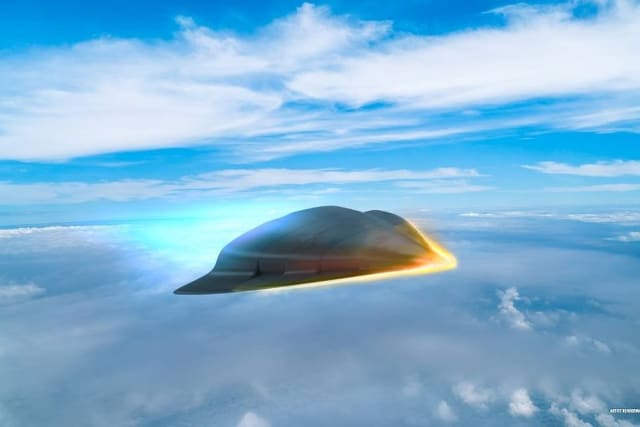Post sponsored by: http://www.michiganhiring.
US gun manufacturer Raytheon Co. in coordination with the Defense Advanced Research Projects Agency (DARPA) completed a successful baseline design review for the Tactical Boost Glide hypersonic weapons program, establishing the company’s technical approach to a critical design review and bringing the system one step closer to development and use.
The new weapon system operates at hypersonic speeds – five times the speed of sound (Mach 5) and beyond – offers the potential for longer-range military operations with shorter response times and greater effectiveness compared to current military systems.
Such systems could provide a significant reward for future offensive operations in the United States, particularly as the capabilities of adversaries advance.
A thrust glider uses a rocket to accelerate its payload and reach hypersonic speeds – speeds greater than Mach 5. During the flight, the payload separates from the rocket and glides without propulsion to its destination.

“We understand the urgency of the need and are working quickly to deliver this advanced technology to our nation’s military,” said Dr. Thomas Bussing, vice president of Advanced Systems for Raytheon Missiles.
“The goal is to keep the United States ahead of emerging threats, and we are on the way.”
The US armed forces will use hypersonic weapons to fire at a greater distance, with shorter response times and more effectively than current weapon systems.
Earlier this year, Raytheon received a $ 63 million DARPA contract to continue developing the Tactical Boost Glide program, a joint effort between the agency and the United States Air Force.
The Tactical Boost Glide program is a joint effort of DARPA and the United States Air Force (USAF) that aims to develop and demonstrate technologies that allow future gliding hypersonic impulse gliding systems launched from the air.
In an impulse planning system, a rocket accelerates its payload at high speeds. The payload separates from the rocket and glides without propulsion to its destination.
Source: IsraelNoticias